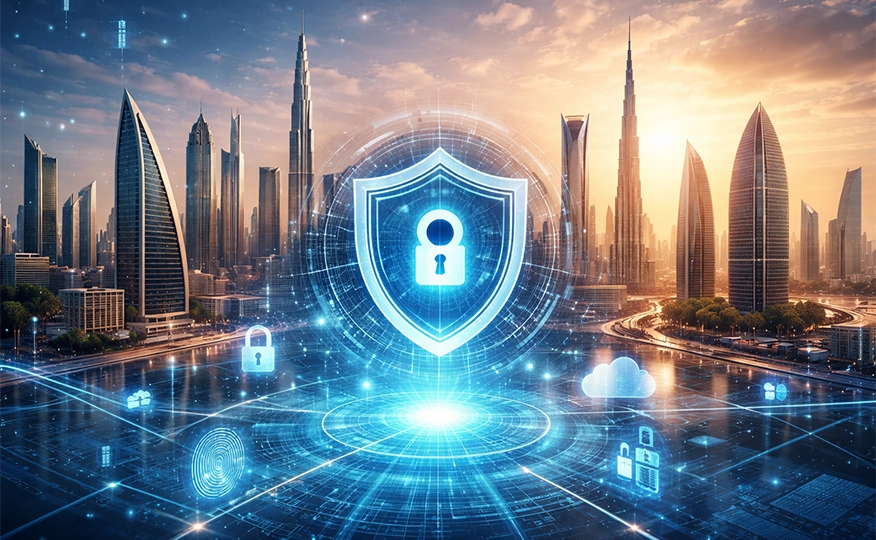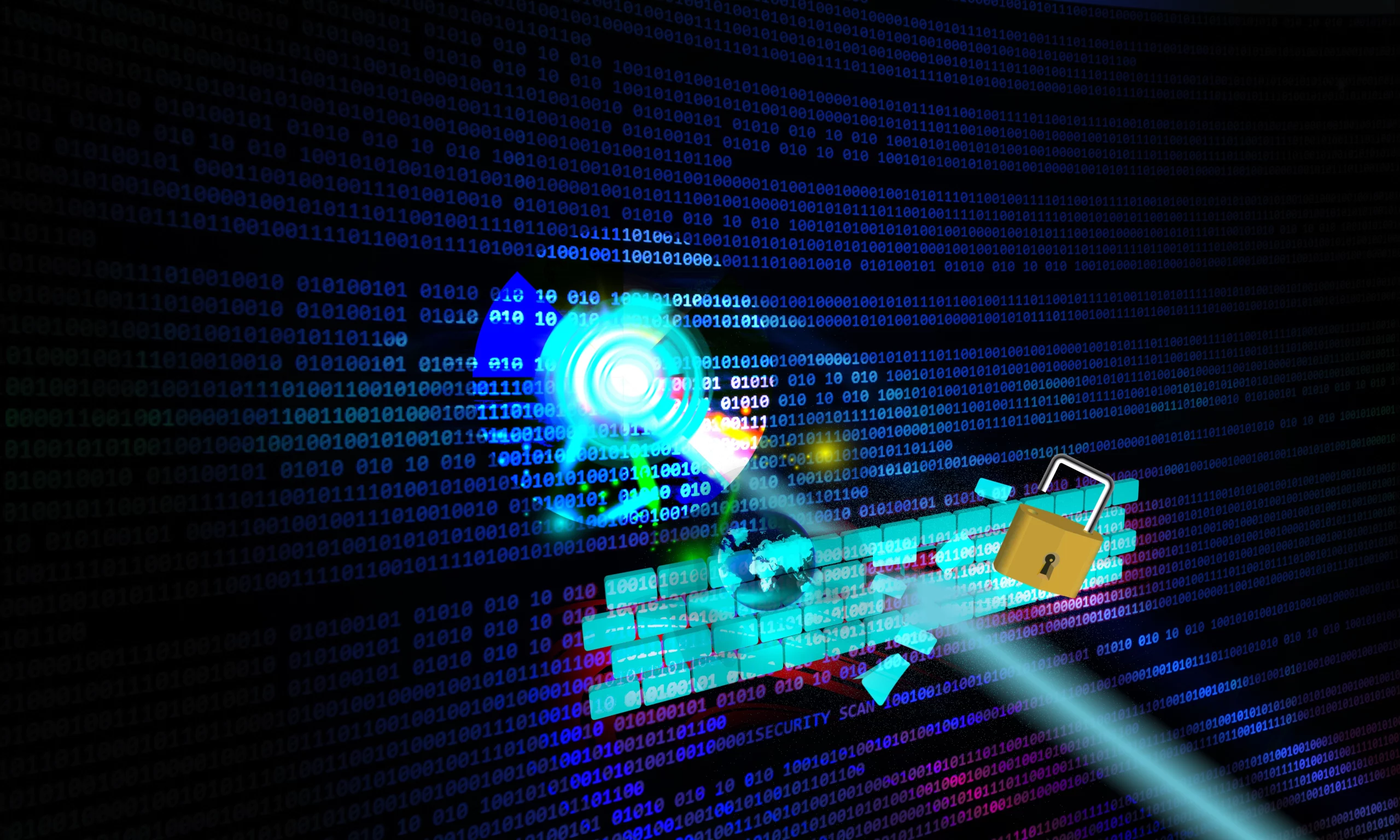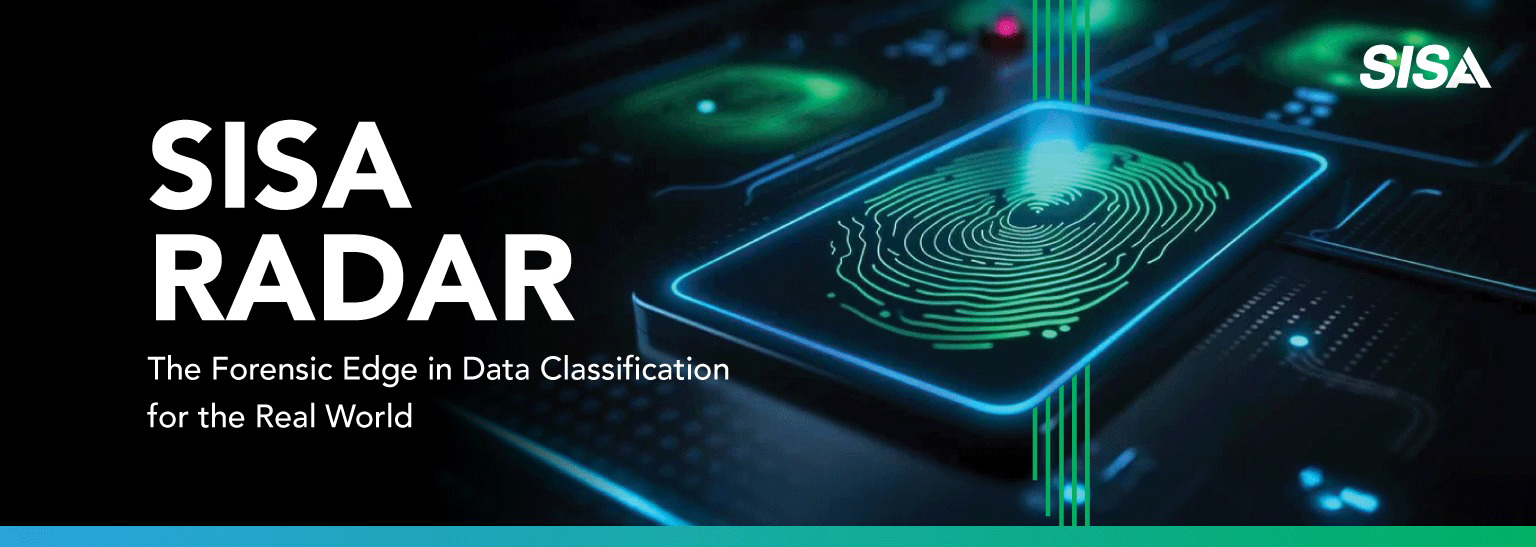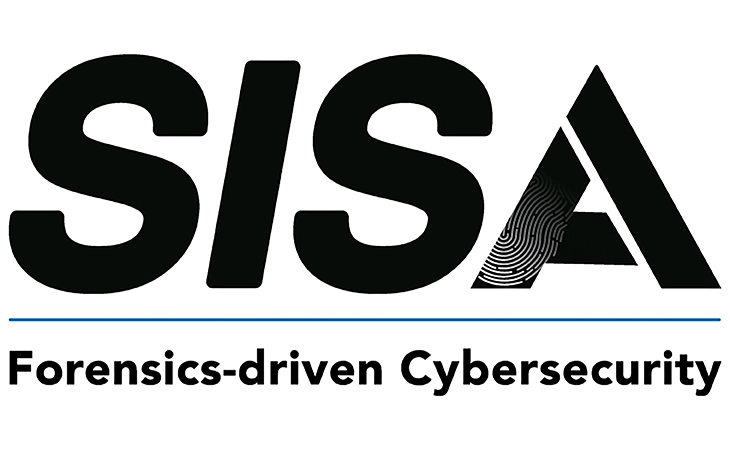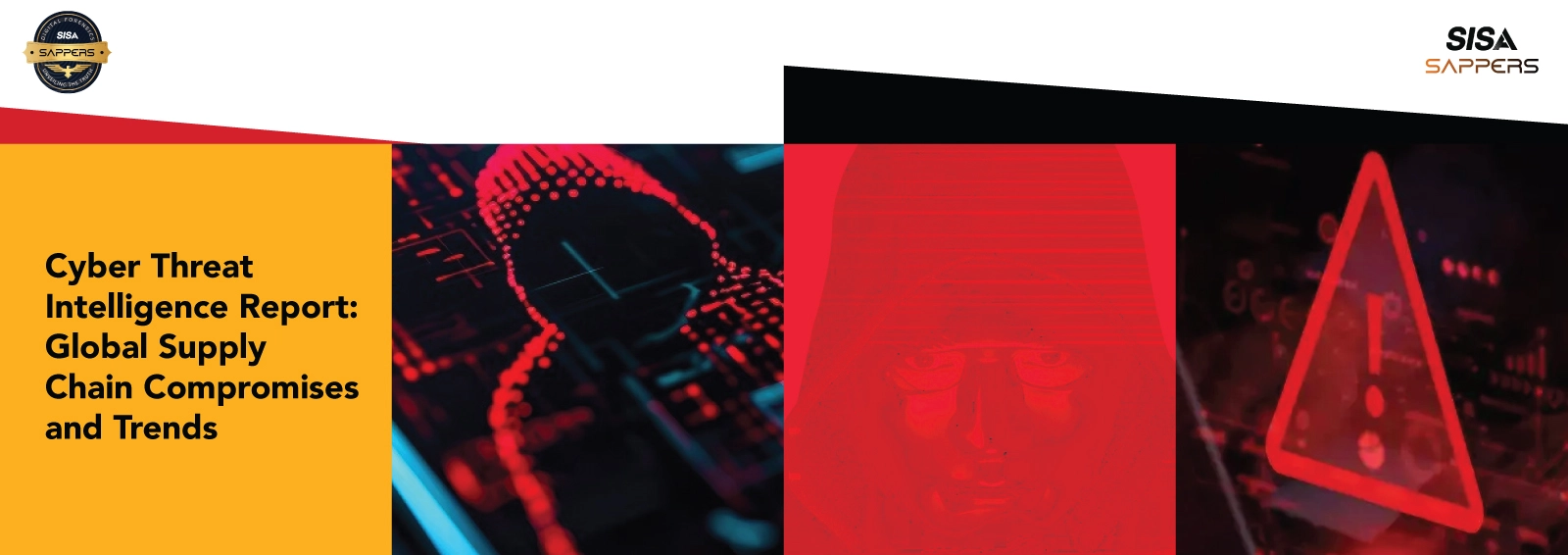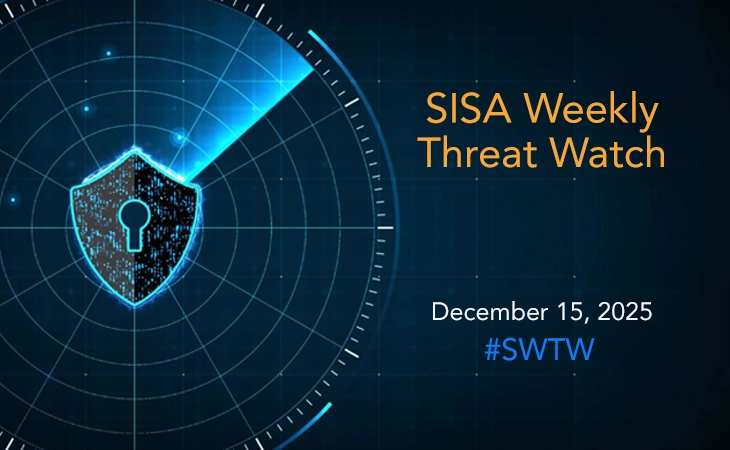
What is AI in Cybersecurity? And Why Does It Matter Now?
In today’s digital landscape, cyber threats are becoming more sophisticated, and traditional security measures are struggling to keep up. This is where Artificial Intelligence (AI) is stepping in as a game-changer. AI in cybersecurity is revolutionizing threat detection, incident response, and risk mitigation—making security operations faster, smarter, and more effective. But what exactly is AI in cybersecurity, and why is it more critical now than ever before?
With AI-driven cyberattacks on the rise, organizations must adopt AI-powered defense mechanisms to stay ahead of cybercriminals. AI enables real-time threat analysis, behavioral monitoring, and predictive security, ensuring that security teams can detect, prevent, and respond to cyber threats with greater accuracy and speed. In an era where traditional security methods are no longer enough, AI is not just an enhancement—it is a necessity.
What is AI in Cybersecurity?
AI in cybersecurity refers to the integration of machine learning, deep learning, and automation into security systems to enhance protection against cyber threats. Unlike traditional security tools that rely on rule-based detection, AI-driven systems can analyze massive datasets, detect patterns, and predict emerging threats in real time.
Key capabilities of AI in cybersecurity include:
- Threat Detection & Response – AI scans networks, identifies suspicious activities, and responds to potential breaches faster than manual processes. By leveraging real-time analysis, AI minimizes response time and prevents threats from escalating into major security incidents.
- Behavioral Analysis – AI establishes a baseline of normal user behavior and flags anomalies to detect potential intrusions. This proactive approach helps security teams detect insider threats and unauthorized access attempts before damage is done.
- Automated Security Operations – AI automates repetitive security tasks, reducing human error and freeing up resources for strategic security initiatives. With AI-driven automation, organizations can streamline threat investigations and improve overall operational efficiency.
- Proactive Risk Management – AI helps organizations predict potential attack vectors and strengthen security defenses before an incident occurs. By continuously analyzing vulnerabilities and threat patterns, AI enhances an organization’s ability to stay ahead of emerging cyber risks.
By leveraging AI, organizations can stay ahead of cybercriminals and defend against both known and zero-day threats, which traditional security methods often fail to detect.
How AI is Transforming Cybersecurity?
1. From Signature-Based to AI-Powered Threat Detection
Traditional cybersecurity relied on signature-based detection, where security tools matched incoming threats against a database of known malware signatures. While effective for recognizing previously identified threats, this approach failed against zero-day exploits, polymorphic malware, and AI-driven cyberattacks that constantly evolved to evade detection.
AI revolutionizes threat detection by utilizing machine learning (ML) and deep learning models that continuously analyze new attack patterns, adapt in real-time, and predict threats based on behavioral anomalies. Unlike static signature-based tools, AI-powered security solutions can detect and mitigate unknown threats before they cause damage, making cybersecurity more proactive and predictive rather than reactive.
2. Accelerating Threat Analysis and Incident Response
Cybersecurity teams deal with an overwhelming volume of alerts daily, many of which turn out to be false positives. This results in alert fatigue, slowing down incident response and increasing the likelihood of missing genuine threats.
AI transforms threat intelligence and incident response by automating log analysis, correlating threat data, and prioritizing alerts based on risk levels. Advanced AI-driven Security Information and Event Management (SIEM) systems reduce false positives and identify high-priority threats with greater accuracy. Moreover, AI-powered Security Orchestration, Automation, and Response (SOAR) platforms streamline incident response by executing automated playbooks, allowing security teams to act swiftly and mitigate cyber threats before they escalate.
3. AI in Managed Detection and Response (MDR)
In modern Security Operations Centers (SOC), AI-driven Managed Detection and Response (MDR) is redefining cybersecurity operations by providing 24/7 real-time monitoring, rapid threat containment, and automated remediation.
- Threat Hunting – AI continuously scans network activity, detects hidden threats, and uncovers potential breaches using advanced behavioral analytics and deep learning models.
- Incident Response – AI-driven automation allows MDR platforms to isolate compromised systems, block malicious IPs, and contain threats within seconds, reducing the time to respond and recover.
- Security Awareness & Training – AI-driven simulations and phishing attack training modules help security teams and employees stay prepared for evolving cyber threats, minimizing human error as a security risk.
With AI-powered MDR, organizations can enhance their security posture, reduce operational costs, and strengthen their cyber resilience in the face of increasingly sophisticated attacks.
Why AI in Cybersecurity is More Important Than Ever?
Cybercriminals are already using AI to automate attacks, develop advanced phishing scams, and bypass traditional security measures. The rise of AI-generated malware, deepfake attacks, and AI-powered social engineering makes it essential for organizations to adopt AI-driven security defenses.
The benefits of AI in cybersecurity include:
- Faster threat detection and mitigation – AI can analyze vast amounts of data in seconds, identifying potential threats before they escalate. By continuously monitoring network traffic and user behavior, AI enables real-time threat detection and faster response times, minimizing the impact of cyberattacks.
- Minimized human error – Automated security reduces dependency on manual processes. Automated security reduces dependency on manual processes, ensuring a more consistent and accurate cybersecurity approach. AI-driven automation also helps eliminate repetitive tasks, allowing security professionals to focus on strategic initiatives and complex threat analysis.
- Improved accuracy and fewer false positives – AI reduces noise in security alerts, allowing analysts to focus on real threats rather than chasing false alarms. With advanced anomaly detection and contextual analysis, AI-powered security systems can distinguish between legitimate user activity and malicious behavior, improving efficiency.
- Enhanced adaptive security – AI learns and evolves with emerging cyber threats, continuously refining its detection algorithms. By leveraging machine learning, AI-based cybersecurity solutions can predict attack patterns, detect zero-day vulnerabilities, and proactively strengthen defenses before an attack occurs.
As the threat landscape continues to evolve, organizations that embrace AI in cybersecurity will be better equipped to detect, prevent, and respond to cyberattacks effectively.
Conclusion:
The future of cybersecurity is being shaped by AI-driven security automation, real-time risk assessment, and predictive threat intelligence. As cyber threats grow more sophisticated, organizations must leverage AI-powered tools to strengthen their defenses, minimize response times, and stay ahead of attackers. By integrating AI into cybersecurity strategies, businesses can enhance threat detection, automate security processes, and proactively identify vulnerabilities before they are exploited.
AI is not here to replace human security professionals but to amplify their capabilities, allowing them to focus on complex security challenges while AI handles data analysis and threat detection at scale. Organizations that fail to embrace AI-driven security risk falling behind in an increasingly digital world. Now is the time to invest in AI-powered cybersecurity solutions to build resilience and stay ahead of evolving threats. Is your cybersecurity ready for the AI revolution? Start integrating AI-driven security today and secure your digital future!
For professionals looking to lead this AI-driven cybersecurity transformation, SISA’s CSPAI (Certified Security Professional for Artificial Intelligence) is the world’s first ANAB-accredited AI security certification program. Developed to bridge the gap between AI and cybersecurity, CSPAI equips security professionals with the knowledge and skills to secure AI deployments, manage AI-driven threats, and align with global AI security regulations. Stay ahead in the AI era—get CSPAI certified and become the defender of the future!
Latest
Blogs
Whitepapers
Monthly Threat Brief
Customer Success Stories
 USA
USA India
India APAC
APAC Middle East
Middle East Global
Global




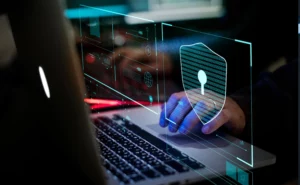

 Facebook
Facebook Linkedin
Linkedin  X
X Youtube
Youtube
